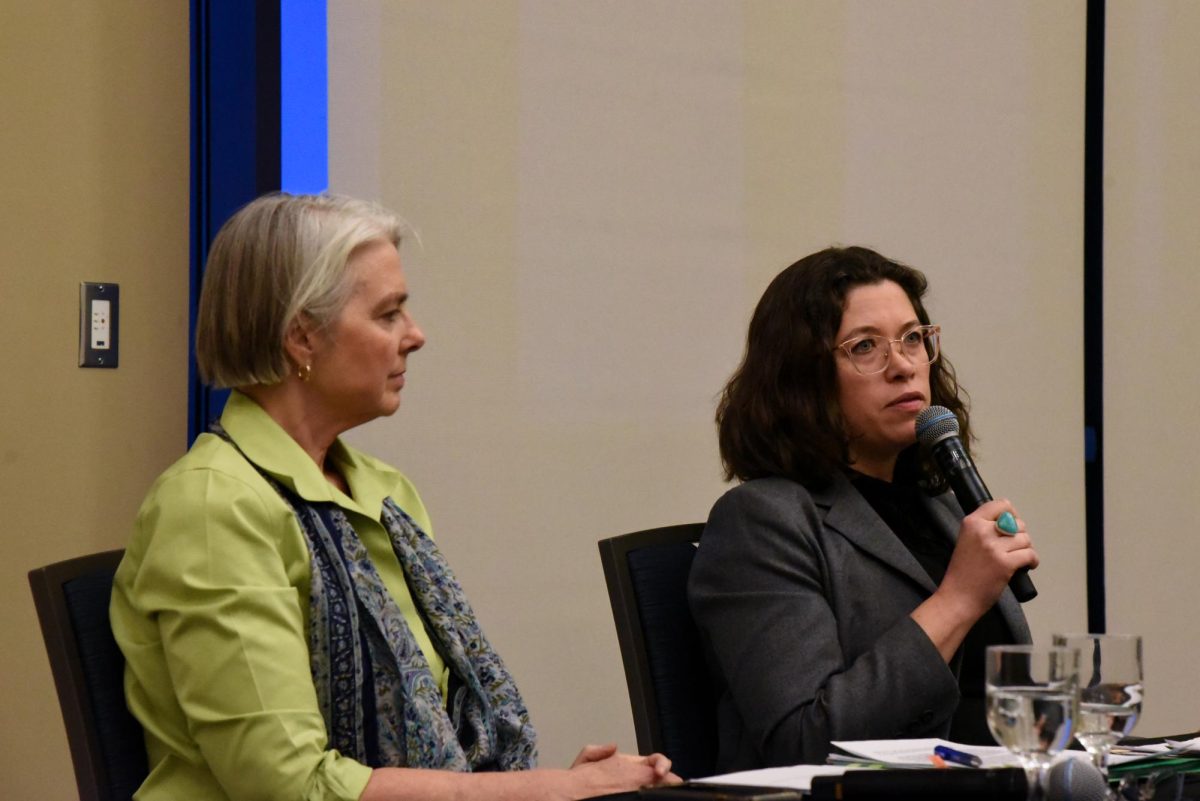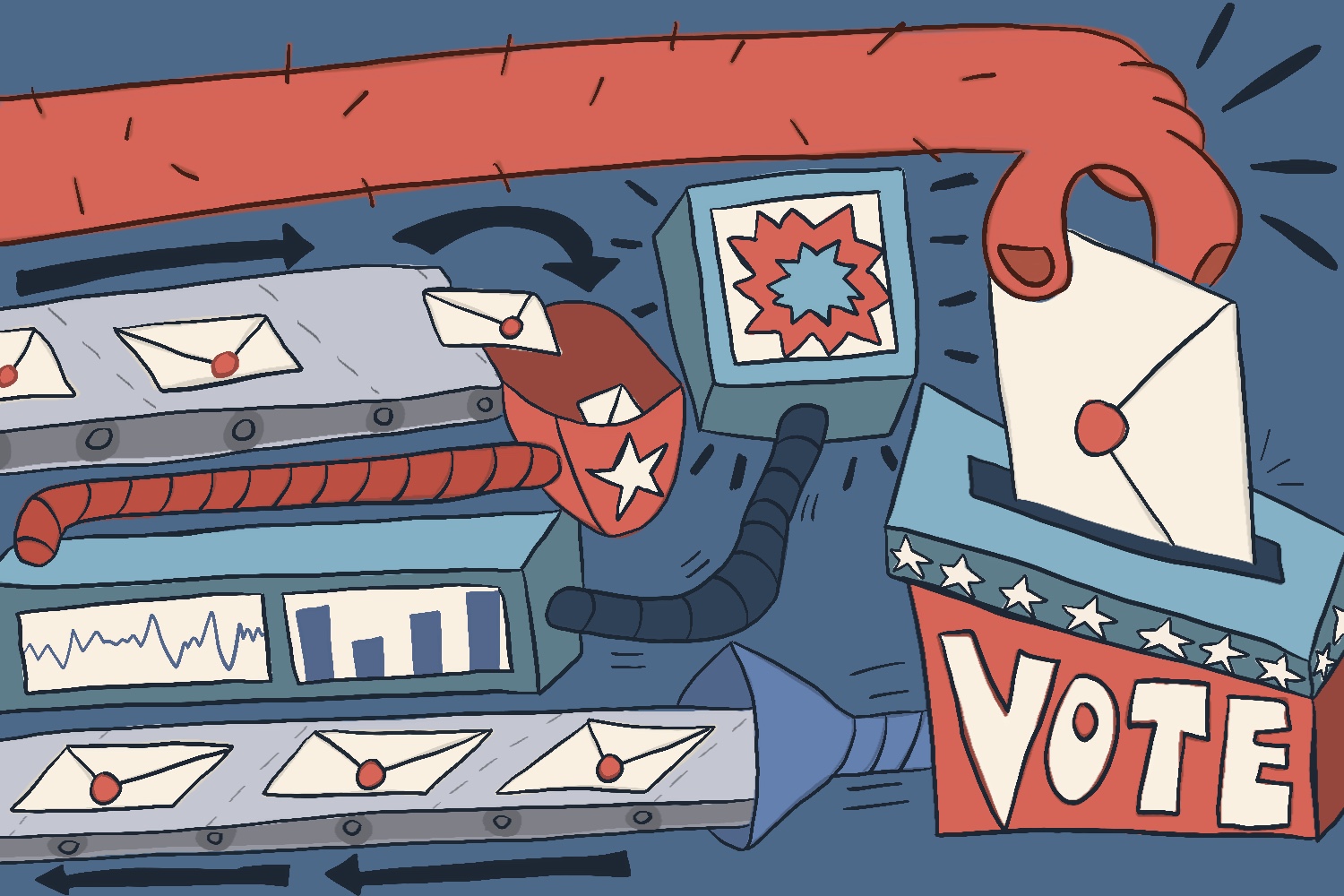Student and Campus Life administrators spoke to Professor Andrew Golub’s Drug and Society class on Friday about general campus drug policy, the “Got Your Back” program, and the new dry residence halls decision. Their basic philosophy “all comes down to health and safety.” “We care about students personally, and we are not just trying to control behavior” expressed Vivian Garay, who works in the Dean of Students Office. Rather, she expressed that the goal of Student and Campus Life is to “ensure that all members of the community feel free to pursue personal and academic enrichment in a healthy environment.”To put it simply, “we want students to make decisions that don’t harm themselves or other students and community members,” she told the class. The official policy states: “UVM is dedicated to reducing the prevalence and impact of high-risk substance use. We remain intolerant of behavior that has negative impacts for both the community and individuals.” When students commented that drinking will always be a part of college campuses, Garay remarked, “We can’t just say, ‘Go ahead and drink if you’re under 21′. We are a state institution.” She explained that the main reason for the change to dry residence halls was for the university to maintain “a consistent message.” By having specialized substance free floors, the school was sending the wrong message. Also addressed was the controversial issue of “Got Your Back”. The policy was implemented at the end of last year to encourage students who feared disciplinary action to seek help for friends in need.This “protocol for medical emergencies” allows a student to call 911 for a friend who is in medical danger due to drugs or alcohol, and receive no punishment. But there is more to read between the lines. First, the policy only applies if the student who calls specifies “Got Your Back” to police. Second, it can only be used by a student and if a RA calls, the policy is not in effect because they are a UVM employee. Finally, there is a limit to how many times “you can have your back gotten” stated Garay. If a student exhibits a pattern over the semester, they will be put through the counseling and judicial process.Though the student who calls is not subjected to disciplinary action, they are required to meet with staff from Alcohol and Drug Services to discuss the incident. While many students in the class thought this was unnecessary, speaker Melissa Culver, a counselor at the Center for Health and Well Being, acknowledged that many of these experiences are traumatic for the other student involved. She sees the consultation as a chance for the student to talk about it. According to “Got Your Back,” the student who was in danger must also meet with Drug and Alcohol Services and depending on the situation, parents are notified. The main advantage of the program is that the student is not charged with any crime, and there is no recorded file. Kim Anderson, who works for the Center of Student Ethics and Standards, admitted that “one of its shortcomings is that it is makes the assumption that the caller has been participating in the activities.” She stated though, that its goal is “not to condemn or pass judgment, it is to help people.”Additionally, Garay explained to students why UVM decided to reexamine its’ substance policy. “Statistics tell the story. As an administrator we can’t look at these numbers and think everything we’re doing now is working.” Between the year 2004 and fall 2005, on campus alcohol arrests increased by 60%, student detoxifications rose by 59.3%, drug law violations increased 98.1%, and drug arrests increased by an outstanding 428.5%. These numbers are not consistent with the increase of students on campus.Fall 2005 almost marked the largest number of student detoxifications, ever, with an average BAC of .18. The number of detoxifications has typically been much higher for men, but in 2005 these numbers started leveling out. Also 70 % of UVM students admitted to binge drinking, which is much higher than the 44% national average.Sexual assault is an additional concern of the University. In fall 2005 there was 25 reported cases, all of which involved alcohol or binge drinking.”We don’t think that making residence halls dry are going to fix all these problems,” remarked Garay. “You would have to be an idiot to think that it would make an impact besides sending a message.”Anderson explained that “the alcohol and drug culture on campus” is a university concern, to which there is no simple solution. Garay also took questions on the pub which is going to be located in the new student center. Though students made jokes like, “Is the bar going to take Catscratch?” Garay responded by saying “we feel there is a healthy balance, and we want students to learn how to drink safely and responsibly.” She ended the forum by saying they’re “not trying to send a prohibition message,” but the reality is that college is supposed to be an academic experience. Garay noted that the direction of the university is looking towards “becoming a public ivy, with more rigorous academics.” She questioned students, “Do you want an employer to look at your diploma from UVM, and say ‘Oh, you didn’t study, all you did was party?'”












